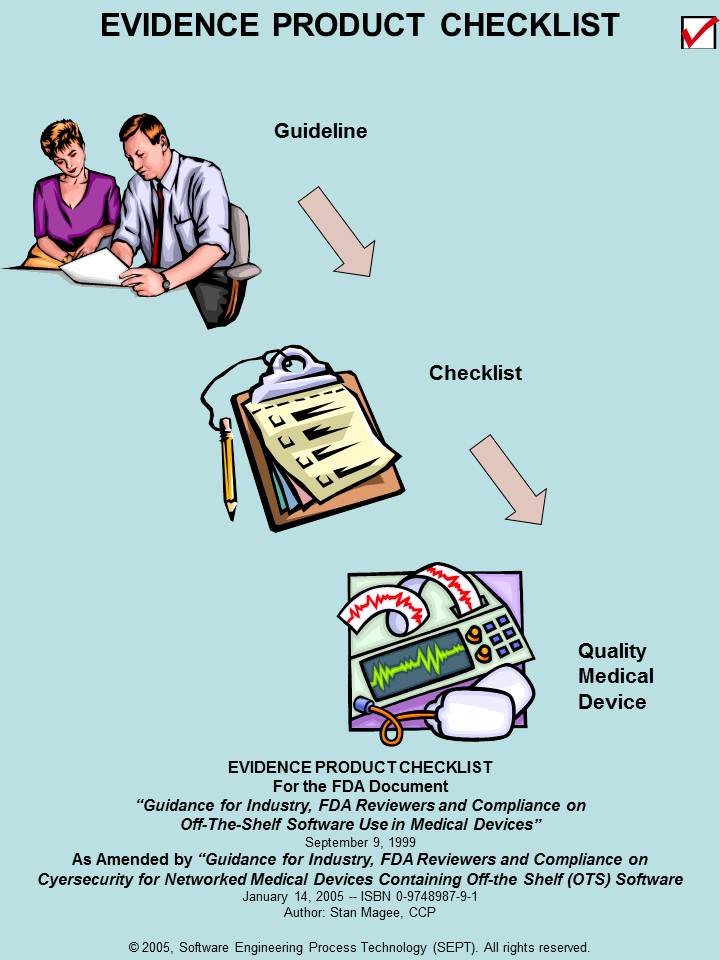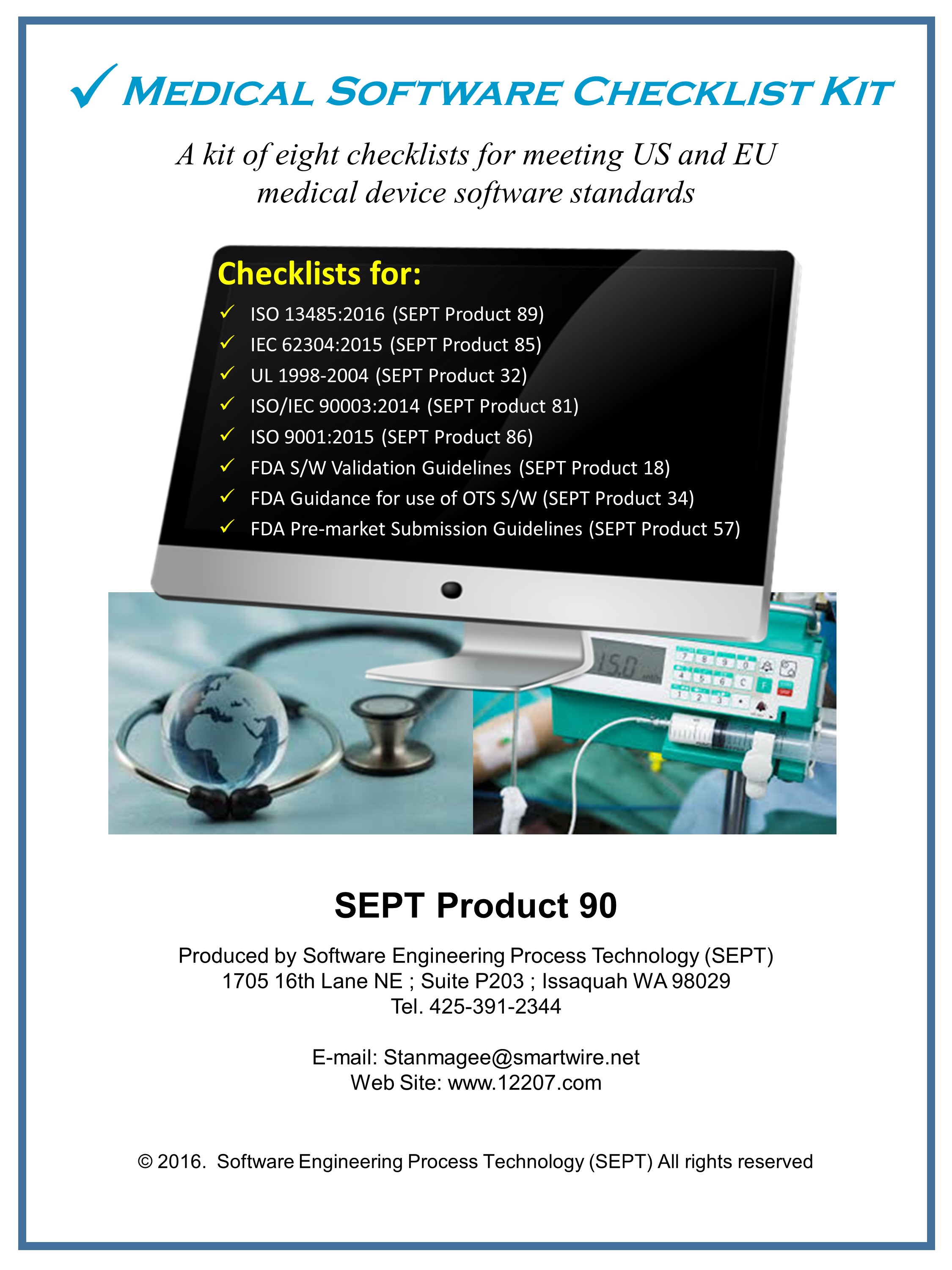510(k)
For marketing Class I, II and III device which do not require Premarket Approval (PMA), submitting 510(k) to FDA is a must. As per the FDA guideline, before marketing a device, every 510(k) submitter receives an FDA order in a letter form, which declares the device as substantially equivalent (SE) and declares the device as marketable in the U.S.
Substantial Equivalence Decision Making ProcessFDA explains substantial equivalence as a way to show the new device is safe and effective as the predicate. Substantial equivalence is essential as a 510(k) necessitates display of substantial equivalence to another legally U.S. marketed device.
A device can be substantially equivalent only if it proves to have -
- The same intended use as the predicate device; and
- The same technological characteristics as the predicate device; or,
Different technological characteristics, that do not raise new questions of safety and effectiveness, and the device is as safe and effective as the predicate.
The Types of 510(k) SubmissionThere are three types of 510(k) submission, namely - Traditional 510(k), Special 510(k) and Abbreviated 510(k). The traditional 510 (k) method can be followed under any circumstances whereas the other two methods can only be followed only if certain criteria are met.
510(k) Submission Requirement
Instead of specifying who to apply for 510(k), the Act and 21 CFR Part 807 specify the required actions for 510(k) submission.
However, the below mentioned categories of parties should submit a 510(k) to the FDA:
- Domestic manufacturers introducing a device to the U.S. market;
- Specification developers introducing a device to the U.S. market;
- Repackers or relabelers who make labeling changes or whose operations significantly affect the device.
As defined in the 510(k) section of the Food, Drug and Cosmetics Act, device manufacturers should notify the FDA at least 90 days in advance of their intention of marketing a medical device. The process of notification is known as Premarket Notification or PMN. Based on this notification, FDA determines the substantial equivalence of the device and places it into one of the three classification categories. This process helps FDA to identify all new devices which have not been identified till date.
Related Training on 510(k):
Featured Products




Evidence Product Checklist 13485:2003 Medical Devices
Price: $99.00
Price: $99.00
Medical Device Checklist Kit
Price: $595.00
Price: $595.00
ComplianceOnline Instructors









